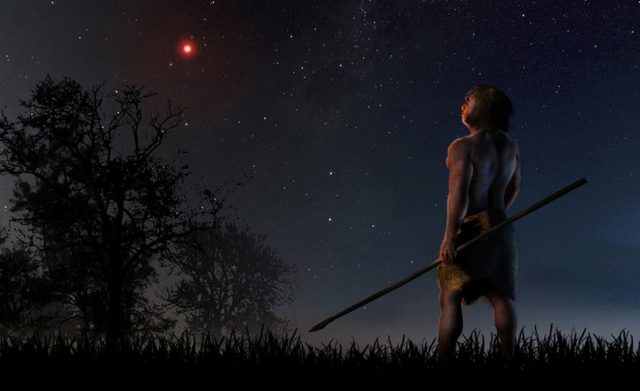MI weekly selection #277

Genome structures in baby mice influenced by maternal attentiveness
Maternal behavior may affect the genome structures of baby mice. Researchers found more copies of retrotransposon LINE-1 in the hippocampal neurons of baby mice whose mothers were less attentive to their needs than in those whose mothers gave them more attention.
Enzymes help bees defend themselves against pesticides
Bees have enzymes that can help them fight the effects of a range of pesticides. P450 enzymes help the bees break down the toxic chemicals in neonicotinoids, and could lead to new versions of pesticides that wouldn’t be as dangerous for bees.
“Nanospears” target cells for immuno-oncology and gene therapies
Researchers developed splinterlike nanostructures that can deliver biomolecules directly into cells in gene therapies and immunotherapies. A nickel coating allows for precise control of the movement and direction of the nanospears by using a magnet, said researcher Steven Jonas.
Robotic fish may help scientists learn more about ocean life
A robotic fish developed to help learn more about ocean creatures is described in Science Robotics. The robot, called SoFi, looks and moves much like a real fish, is economical to build, can almost swim by itself and is propelled by a hydraulic actuator that moves the tail fin like that of an actual fish, helping it move stealthily and blend in with ocean life.
Early humans likely glimpsed red dwarf star as it passed near sun
Early humans were likely able to see a red dwarf known as Scholz’s star as it passed within 1 light-year of the sun about 70,000 years ago. The star would have looked like an indistinct reddish glow to the early modern humans and Neanderthals that populated Earth at the time.